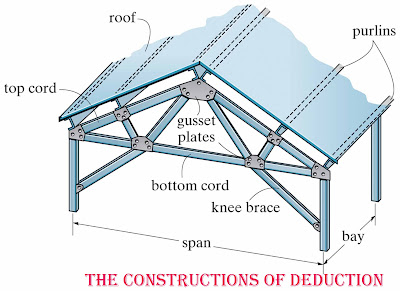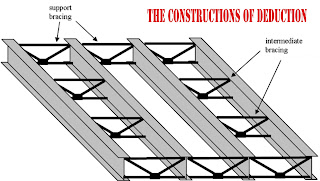Cross girder are provided in each panel, joining the corresponding lower panel points of two truss girder. The design procedure is given by:- Step 1:- Loads:- Effective span of cross girder = 4 m ( say ) The dead load as transformed as the point load at 1 m from the ends of cross girder. Self weight of cross-girder = 3 kN/m ( Assumed ), it acts as uniformly distributed. The cross girder is subjected to maximum live load when both the adjacent spans loaded. EUDLL (Effective uniformly Distributed Live Load) for 8 m span = 1056 KN ( Say ) Impact factor = 0.909 (say) [ Note : - Impact factor is calculated by using this formula = 0.15 + [8 / (6+L)] So, Impact load is given by, = 0.909 × 1056 = 960 KN Live Load + Impact Load = 2016 KN Half of live load and impact load is carried by girder as two point’s loads at 1 m from each e






